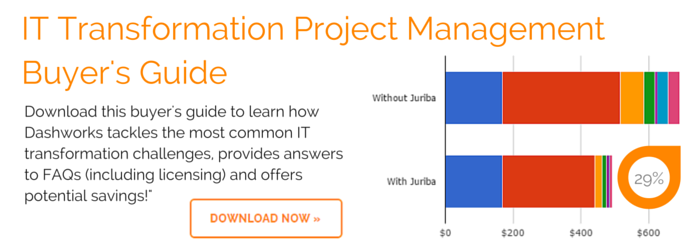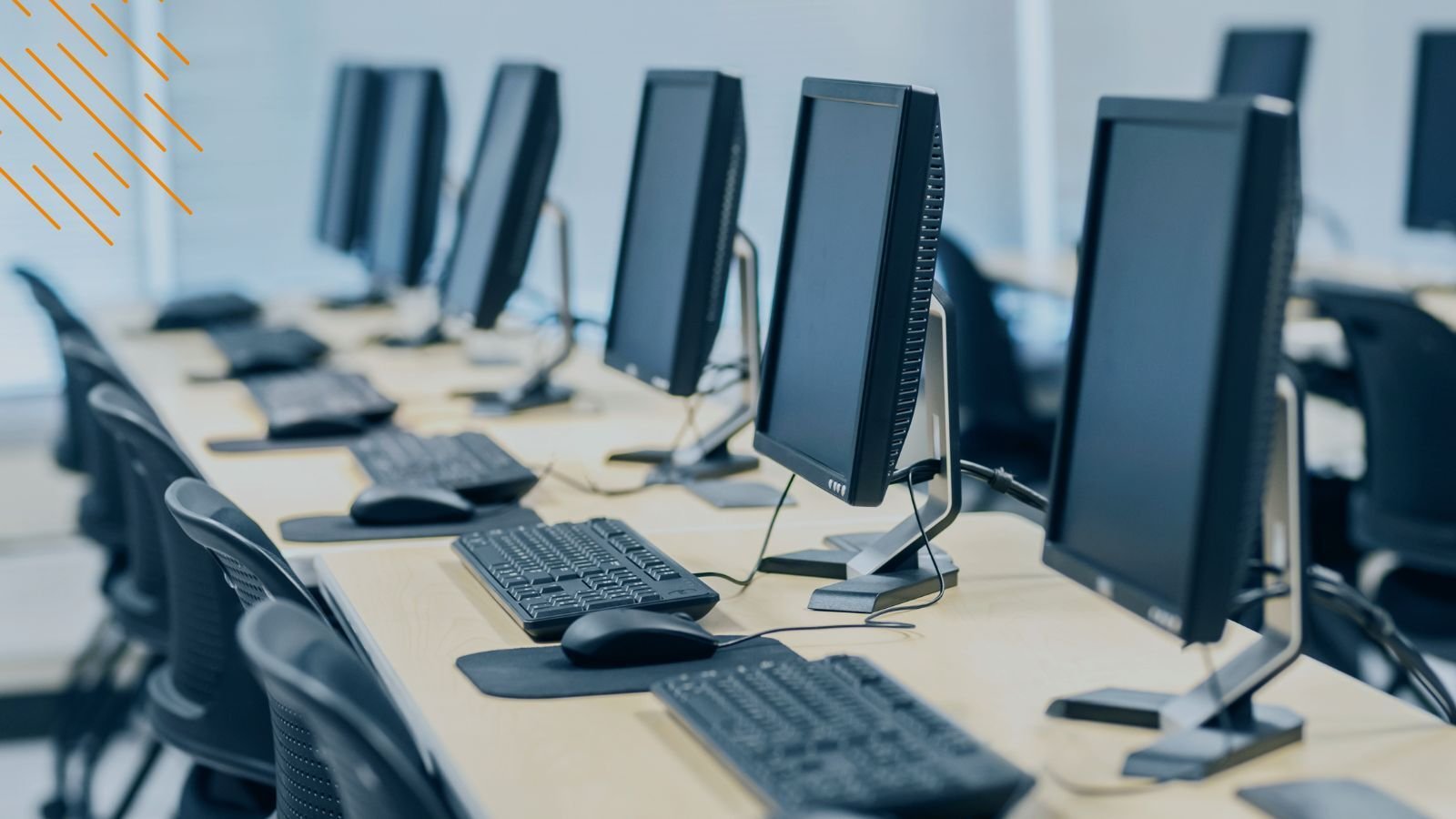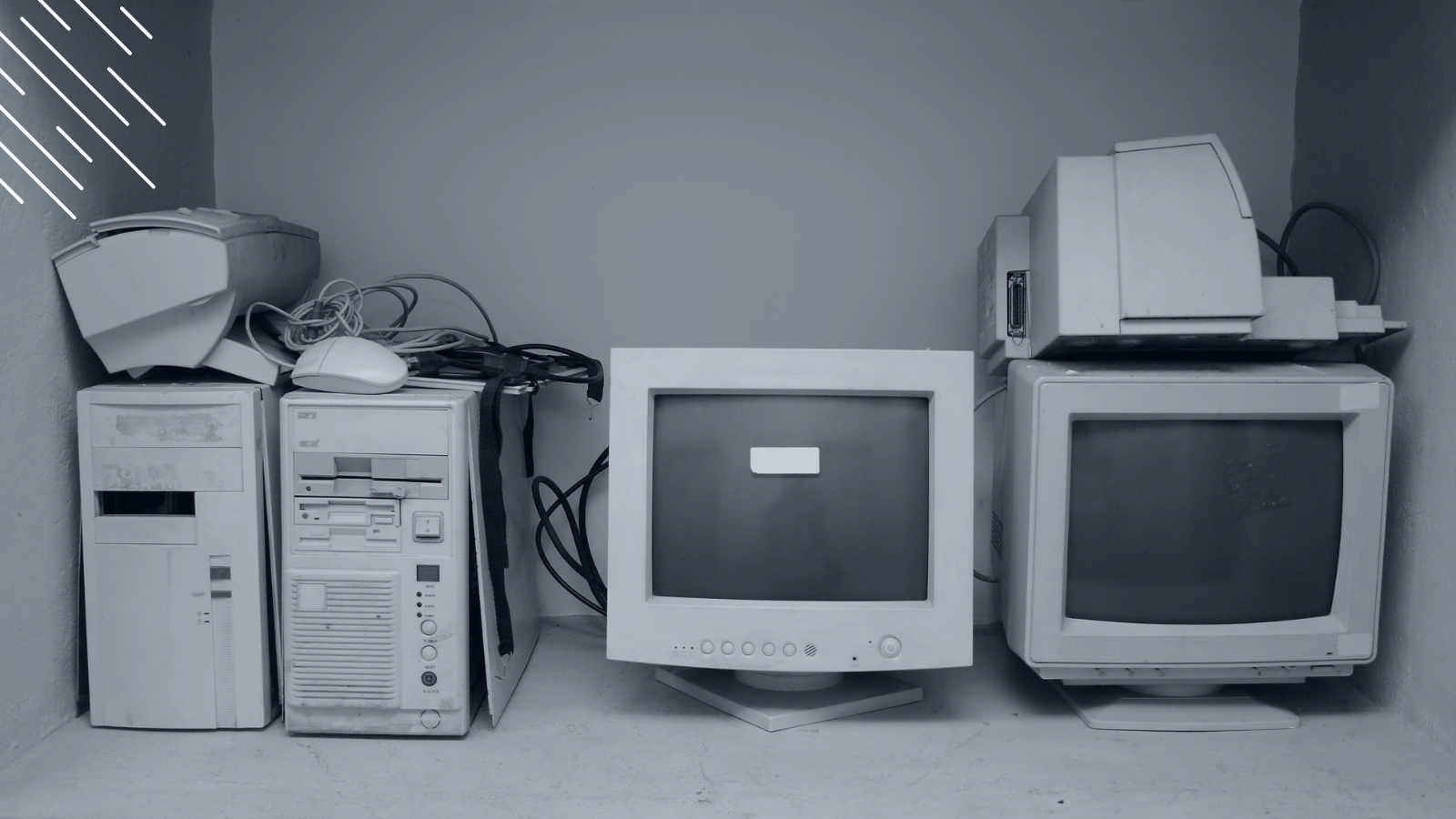Changing IT Mindset for Successful Digital Transformation
January 15th, 2020
4 min read
By Barry Angell

Almost every enterprise has understood by now that participation in Digital Transformation is mandatory. If you don't adapt fast enough, you will simply be shaded out by fast growing organizations, wither away, and eventually die.
To successfully compete in the Digital Transformation game, enterprises must be able to adjust quickly to constant market changes and customer demands. Consequently, the winning enterprises have one thing in common: their IT environments are well-managed and up-to-date. In other words, they are proactively and continuously upgrading their environments using Evergreen IT as their foundation for change and agility.
So far, so good. But let me ask you something: When was the last time you proactively received an automated email asking you to choose your new company laptop because your device is reaching the end of its lifecycle? Never? That's what I thought. While devices need to be replaced frequently, most organizations still manage this type of event manually and often without user input.
Yet, this shift to a proactive, agile approach can not only save you money as it gives you a tighter handle on your device estate, but also result in better user experiences as devices break less and users get new hardware as soon as their old hardware reaches the end of its support lifecycle. This demand for a better experience, particularly driven by millenials means that 56% of enterprises say they will make Digital Employee Experience initiatives a priority in the next 12 months, particularly to hire and retain the talent to stay competitive in this fast-paced world.
However, we still see many organizations struggle with the practical implementation. We call this Evergreen IT management. Theoretically, this is something that almost everyone understands and gets excited about but is actually practiced by very few as most cling to traditional IT management processes like an old safety blanket. But times are changing — making Evergreen IT a necessary survival criteria and digital transformation cornerstone.
Evergreen IT KPI Criteria To Ensure Digital Transformation Success
While in the past we talked about specific Evergreen IT KPIs you should include in your IT performance analysis and reporting, today we want to take a closer look at three important criteria that help you determine the suitability when choosing the right Evergreen IT KPIs for your organization.to ensure your organization comes out on top in the Digital Transformation game.
As we embrace Digital Transformation, we change the way we look at IT performance which, of course, directly impacts IT performance metrics. Today's IT KPIs must provide quantifiable insights to help us align our IT investments with the organization's business strategy, the desired customer experience, and even the company's cloud initiatives as we drive towards Digital Transformation at an ever-increasing speed.
By using the right KPIs, we can ensure that we are investing in the right technologies, we are getting the expected results, and our customers (end users) are happy with the value of the service they receive from us. Therefore, we must widen our view to include metrics that are:
- Compliant,
- Proactive, and
- Customer-related.
Compliant: The Foundation For Agility Is A Well-Managed Estate
One easy and quick example that demonstrates the impact of the state of your estate on your ability to adapt is the cost per device to upgrade to Windows 10. While well-managed estates with locked and automated devices will have to budget for $258 per device, upgrading devices in an unmanaged estate will cost $462 per machine.
So, to keep a tight lid on your IT, ask yourself:
- How much of our estate is in or out of warranty?
- How much of our application estate is still supported?
- How many devices have been upgraded to the latest version of Windows 10?
- How many of our users are compliant with our security policies?
Your IT metrics would focus on the hardware age, the different model types and OS versions you currently have, the age, support status, and compatibility of your applications, and so on. The performance metrics would be two fold: how happy are your users with the overall IT experience and the deployment speed as it relates to application testing velocity, capacity of deployment (what can we physically deploy), and overall run-time metrics (how long did it take from beginning to end).
Proactive KPIs To Faster Adjust To Change
Once we have a well-managed estate, we can start to implement proactive IT management.
Traditionally, we have looked at IT performance from an operational perspective. We focused on monitoring, tracking, and deciding daily core tasks or project-related tasks and compared them to key performance indicators (KPIs) relating to the desired availability, delivery speed, cost, and quality parameters. More often than not, we would focus on lagging KPIs, specific IT metrics that are measuring the performance after the fact to look for improvement opportunities.
With Evergreen IT, we still use lagging KPIs, but we place a higher emphasis on the leading ones. Those are proactive and help us quickly adjust to anticipated changes.
Customer-Related: Today's IT Performance Is Measured By Employee Experience
Did you know that, according to a VMWare survey of 6,400 enterprise employees entitled "The Value of Digital Employee Experience", 77% of Millennials (and 71% of Generation X) agree that the flexibility of tools (e.g., apps, devices, technology) they might need to use for work influences their decision to apply for or accept a job offering? This includes the ability to work remotely, to easily find and install the applications needed to perform work functions, and to install much needed apps on phones or other mobile devices. We thought it would be useful to show the output of this VMware survey below as it contains a lot of interesting statistics.

Digital employee experience is not only important for maintaining a productive workforce but is also crucial in hiring and retaining talent. Yet, while 95% of IT respondents believe they provide employees with all digital tools needed for the job, 42% of employee and HR respondents feel they do not have what they need to perform their tasks properly.
One of the major discrepancies is that IT believes their performance is measured by
- The speed with which they deploy technology,
- The employee satisfaction, and
- The overall employee experience
— whereas employees rank employee satisfaction and the overall employee experience above deployment speed.
Conclusion
As the grandfather of business management used to say, you can only manage what you can measure. In order to be able to be proactive, compliant, and delight your customers with great experiences, you will need to be able to measure your metrics and key performance indicators.
In order to measure them, you will need to be able to have all the relevant and up-to-date data points available in one central location for analysis and reporting. In other words, you will need a central command and control center as part of your Evergreen IT Project Management tooling, like Juriba Dashworks, that allows you to collate and correlate everything you need to know.
Have you changed the way you measure your IT organization's performance over time? Please share with us below in the comments any experiences or advice you might have!
Barry is a co-founder of Juriba, where he works as CEO to drive the company strategy. He is an experienced End User Services executive that has helped manage thousands of users, computers, applications and mailboxes to their next IT platform. He has saved millions of dollars for internal departments and customers alike through product, project, process and service delivery efficiency.
Topics:



![What is a Digital Workplace? [Definition]](https://blog.juriba.com/hs-fs/hubfs/What%20is%20a%20Digital%20Workplace%20%5BDefinition%5D.jpg?width=1600&height=900&name=What%20is%20a%20Digital%20Workplace%20%5BDefinition%5D.jpg)






















